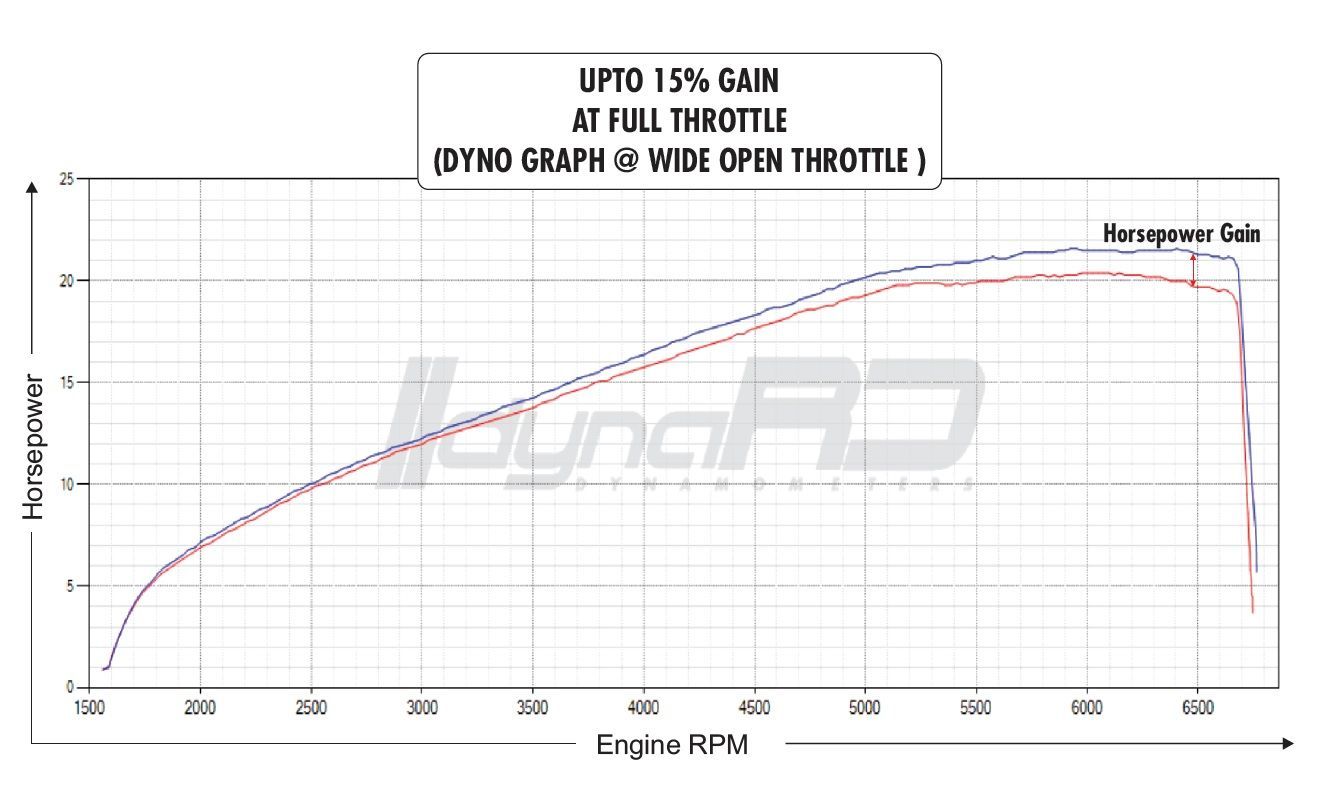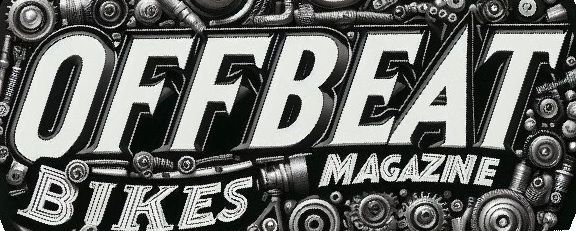More Royal Enfield Hunter 350 Stuff
Fitting And Testing The Royal Enfield Hunter HNTR 350 FuelX Pro+
Fitting of the FuelX Pro+ to the Hunter was fairly easy. I chose to remove the toolkit and mount the main unit in the vacated space. (I don’t think there’s space under the seat to fit both toolkit and control unit, but I may be wrong.) I also managed to route the wires up alongside the existing wiring loom without removing the fuel tank. The handlebar switch was probably the hardest thing to sort out. Rather than a standard split clamp, this is a more elaborate affair with two dovetails that need to slide together. It’s also quite a wide switch and as such it only fits easily on a nice straight portion of handlebar and there’s very little of that on the Hunter. The only place I could get it to fit easily was between the handlebar clamps, which isn’t ideal as it obscures some of the idiot lights at the bottom of the speedo. Having said all that, the main unit, switch and supplied wiring all feels solid and well built (even if the wires are way too long!) and it comes nicely boxed. It does give the look and feel of a quality product.




The FuelX Pro+ has 10 settings that you can select using the switch. Press the rocker switch either up or down and the led will flash the appropriate number of times to indicate which map you have chosen. Map 3 is standard, there are two leaner maps (1 and 2) and for maps 4 and above, the fuelling gets progressively richer.
Once fitted, I’m then eager to try it out as Race Dynamics make some pretty bold performance claims.
Off I go to my favourite test location to repeat the 30-50mph acceleration test that I’ve been using to evaluate all of the other goodies that I’ve tried on the Hunter so far and I’m completely underwhelmed.
After trying runs on different settings, it was very difficult to detect any performance increase at all and the map that felt like it gave the smoothest running was map 3 – the standard one!
Running anything above map 7/8 and the bike was obviously running way too rich.
Had I just wasted the best part of £250? I must admit, I was very sceptical of their claims anyway, was this the proof that it was just snake oil?
I was pretty annoyed.
The bike was running lots of additions, DNA airfilter and cover, Delkevic down pipe, SuperTrapp exhaust. I’d hoped that this would have been the icing on the cake, allowing me to optimise the fuelling to make the best use of the performance increase that these parts should bring.
So, I fired off an email to Race Dynamics questioning whether their product did actually do anything and did they have any test results to prove their claims.
To be fair to Race Dynamics , they replied promptly and asked for photos and a short video of the unit operating to check that I’d wired it up right (the unit has some leds fitted which indicate if the unit is working correctly). All was well with what I’d done, so that wasn’t the issue. So, where was the extra performance that they’d promised?
More usefully, they also sent me some dyno test results. Two sets, one at wide open throttle, the other at 50% throttle. What is immediately obvious from these is that at WOT, the gains aren’t great. From that graph, at 5500rpm (which is about what the bike is doing at 50mph in 3rd gear according to my, admittedly not very brilliant, digital tacho) there should be 1hp gain which is, if my maths is correct, just a 5% gain. Not a great deal, so that’s probably why I couldn’t detect any increase with my WOT test.
However, at 50% throttle, there is a 2hp gain over standard at 5500rpm (about a 15% gain) maybe I need to run some half throttle tests to see…
(Although you should note that Race Dynamics are a little selective in the figures that they publish. From that 50% throttle chart, maximum power as standard occurs at 4400rpm and is about 14.7hp. With the FuelX, maximum power occurs at 4800rpm and is about 15.8hp. To me that’s an overall 1.1hp gain, or a 7.5% increase. Their graph highlights the maximum difference between standard and fuelX, which occurs at 5700rpm and is approx. 2.9hp, which equates to around a 22% gain at that rpm. So, their claims aren’t wrong, just, perhaps, slightly misleading.)

Above is the WOT dyno sheet that Race Dynamics sent me. Red line is without FuelX. Blue line is with. This is for a bike in standard trim and they also said that the blue line setting would have been map 7 or 8.
I've added some annotation to the graph that they sent in the form of some actual numbers.

From the power and rpm values you can also draw an approximation of the torque curve, so here it is...

Here's the graphs for the 50% throttle setting.

Once again I've annotated it...

And worked out an approximation of the torque curve...

I 3D printed a crude throttle stop, that when correctly adjusted would stop me from rotating the twist grip further than half way. This would hopefully then allow me to run some part throttle tests.
(See the PART ONE video)
But first I started with just taking the bike out for a run, trying various different maps and concentrating on part throttle response. From the seat of my pants, map 5 or 6 seemed best, but it wasn’t night and day improved over the standard setting (map 3).
I also wasn’t sure if I’d picked those settings just because I desperately wanted a unit that I’d spent quite a lot of money on to actually be doing something. Now I needed to try a part throttle test to see if there was any performance difference that could be measured.
The test this time was a 3rd gear, 30 to 45mph acceleration test with the throttle held at 50% (or thereabouts).
I tested it in maps 3, 6 and 8.
It was only a short test, but it did seem as if map 6 was slightly quicker than standard. Map 8 seemed to be all over the place and the bike was not nice to ride in this setting.
(Do remember, though, my bike is modified, a standard bike may react differently.)

As you can see from the results, I went back again to do a second test, but the weather wasn’t playing nicely and so it was hard to get consistent results.
And that’s as far as I’ve managed to get with testing. It’s winter here in the UK, the weather is against me and it may have to wait until spring before I can do more testing.
But let’s have another look at those graphs.
Yes, the Hunter may well make more power and torque than standard with the FuelX fitted, but the biggest gains seem to be at half throttle and in the upper regions of the rev range.
The pertinent question might be ‘How do you ride your bike?’
Normal, everyday riding may indeed be more part throttle than WOT, but personally, I suspect that I rarely find myself at 5500rpm on half throttle. This may be a throttle / rpm combination that’s rarely used. I don’t know, I’ve not really thought about it before, but I know I’ll be paying much more attention next time I’m out riding to the throttle setting and rev range that I use.
I feel that I need to come up with a better test to determine how beneficial the FuelX is on the Hunter, but I’m not sure what it is yet.
Also, I’ve not tested Race Dynamics other claims of reduced engine operating temperature etc.
I have read a few other reviews where the FuelX has been fitted to bikes other than the Hunter and the test riders have raved about how the throttle response has improved, especially during slow speed riding. I know that some fuel injected bikes can be a little ‘jerky’ but that’s not something that I’ve felt with the Hunter. Royal Enfield seems to have that spot on in my book. Not sure if it could be or needs improving...
At this moment in time, if you asked me whether I thought the gains provided by the FuelX system were worth the money, I’d say no. But I’ll do more testing in the spring and that may very well change my answer.
(PART TWO VIDEO)
